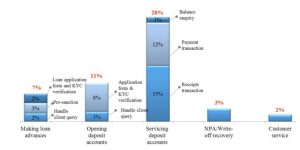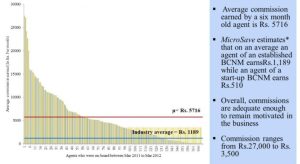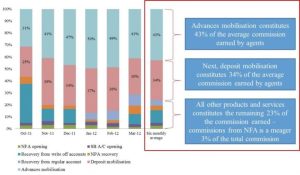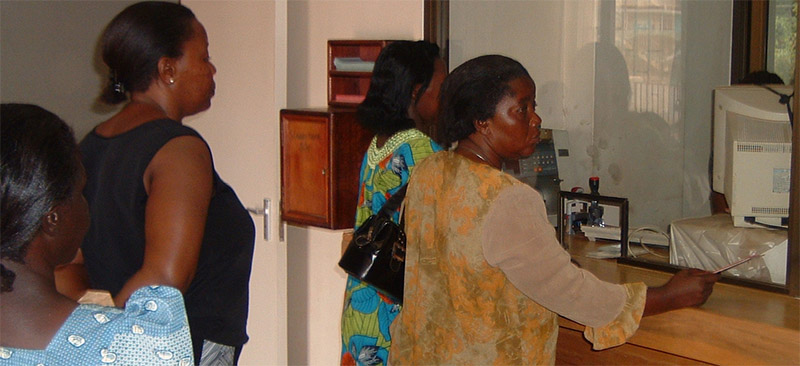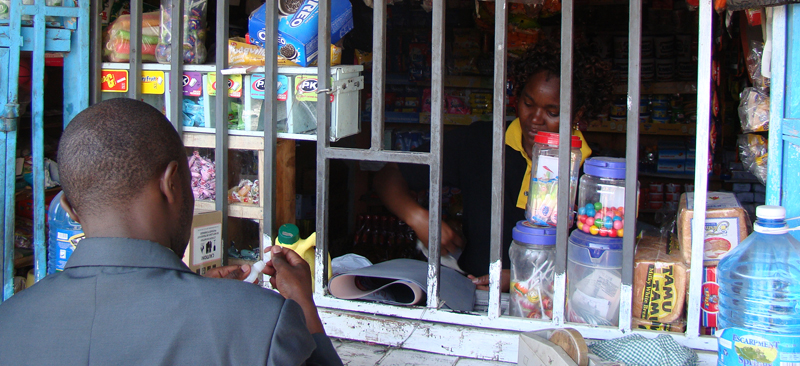In Finding the Right Job for Your Product, Clayton Christensen implies that customers may not use a product/service strictly for the benefit intended by those offering it; rather they are more often driven by their situation or a job they want to get done; and include the emotional elements such as fear, fatigue or frustration; anxiety or anger; panic, pride or pain etc. An exploration of the purchasing behavior of the customers through the traditional constructs of demographics or functional might not take into account all the situational factors. Ignacio Mas further elucidates the importance of this approach in his blog.
Understanding customers’ purchase decisions are at the core of the marketing challenge. We know it’s about segmenting in order to get more granular customer insights; identifying customers’ alternatives in order to put a given product in a wider context; evaluating the needs and the benefits; as well as the barriers to adoption. But all too often the analysis becomes mechanical, customer and product market lines are drawn rather arbitrarily, and it is all expressed in a cool technocratic language that customers themselves wouldn’t recognize.
We wondered whether Clayton’s approach could be applied to the choice of financial services by users. We set out to find out that. We identified three methodological challenges which later became our research objectives. These were:
- First, what is the ‘product for hire’ we were interested in: Is it money? Is it any financial service? Is it a particular savings vehicle like a bank account or the mattress?
- Second, how concretely should the ‘job to be done’ be specified: Should it relate to planned expenses or the underlying psychological needs?
- Third, what is the right ‘situation’ to ask those questions in: When you earn the money? In a quiet reflective moment when you are thinking about the family and the future? When you kneel down in front of your mattress to stuff it some more?

We used two approaches to find answers to our questions. The first approach was to understand the role of money in the lives of people. In discussions, we referred to the highly abstract, psychological, or at times even philosophical need for money. We discussed the general role of money in the life explored about jobs they wanted to get done by using the money. The discussion focused on why money is so important for, and beyond, fulfilling the basic needs. Respondents felt comfortable talking about their latent needs and their job characteristics. We were able to understand a broad level of abstract needs that exist in the subconscious mind. Further discussion on prioritization provided insight on the level of importance a job had amongst various jobs which they wanted to get done. The discussion, however, did not provide an understanding on “job candidates” or options that the person might choose to fulfill the job.
The second approach was to understand what causes an action. We explored two distinct situations in this approach. One in which a person has just received some money. This was the moment when we could understand how the person starts planning to use the money. The second situation was to talk to a person who is putting the money to its intended (or otherwise) uses. The discussion focused on getting the person to trace back to the moments of determination and discuss the situation around that moment. We understood the risks in both these situations. In the former, while responses would be more virtuous than the real actions and with the latter, the responses were a retrospect and could be more rationalized. The discussions were rather short lived as they focused on the current situation only. At the same time nevertheless, it enabled the respondent to think deeply about the importance attached to his current job and the selected job candidate. This enabled us to understand the thinking process. The discussions also enabled fair discussion on the choice of a job candidate, their preference, and comparison with other options that could have suited the job.
Both approaches were useful in eliciting jobs that people get done, while the former gave insights about some situations where people make decisions or choices, the latter helped us understand this situation in deeper detail. We recently used these approaches while conducting Metamon research in India and Bangladesh. Please read more about Metamon research here and here.
We weren’t expecting to nail down a pithy Christensonian statement with ease, and the challenge loomed larger as we got more into it. Financial considerations seem to touch every aspect of sentient living: the desire for your children to lead a better life than you had; to minimize life’s daily hassles and humiliations; to feel like you are keeping up and fulfilling your obligations to kith and kin; to reduce the feeling of present or future dependency etc. In addition, financial considerations stretch over time; they don’t appear in our lives momentarily unlike deciding to drink a milkshake or eat a snack. Yet despite these difficulties, we felt that centering the conversations with people on the situations rather than on themselves, seeking the deeper emotional motives they felt at the time and not just recording their financial choices, led to more meaningful exchanges.
Financial decision making and the corresponding behavior of financial service users is indeed complex. The researchers may need to move away from traditional (question-answer based) methods to start to use more sophisticated research techniques – many of which we have discussed in “Qualitative Research Tools for Market Research: Experiences from MetaMon Research”. Exploring situations in which a financial decision is taken or put into action, is definitely one of such method.
Krishna Thacker, Sonal Agrawal, Mukul Singh, and Ritika Srivastava conducted field research. Ignacio Mas and Graham A.N. Wright guided the team.
We acknowledge the support of MicroSave’s Partners; Bank of India and Lok Biradari Trust for gracefully providing us with an access to interview their customers.

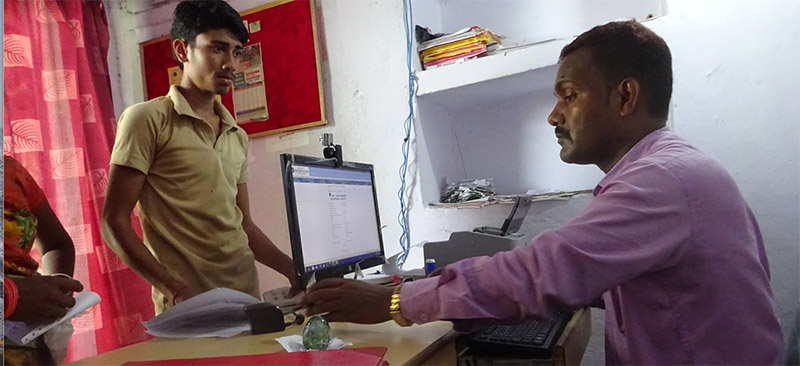
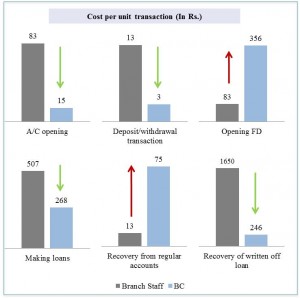 In 2012 we were able to look at this on a detailed, disaggregated basis. Conducting sophisticated activity-based costing we were able to look at the relative costs of conducting different transactions through branches and through business correspondent (BC) agents. As can be seen from the graphs, most but not all costs decreased. It is important to note in this case that the agents were conducting traditional BC (cash in/out) transactions as well as business facilitator (BF) type transactions (selling to and referring potential loanees as well as fixed depositors (FDs), collecting loans and recovery of loans that had been written-off). Indeed, this combined BC/BF role may well be
In 2012 we were able to look at this on a detailed, disaggregated basis. Conducting sophisticated activity-based costing we were able to look at the relative costs of conducting different transactions through branches and through business correspondent (BC) agents. As can be seen from the graphs, most but not all costs decreased. It is important to note in this case that the agents were conducting traditional BC (cash in/out) transactions as well as business facilitator (BF) type transactions (selling to and referring potential loanees as well as fixed depositors (FDs), collecting loans and recovery of loans that had been written-off). Indeed, this combined BC/BF role may well be 